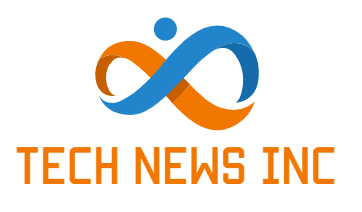Basic information
- A team from the University of Shanghai has successfully tackled widely used encryption methods using a quantum computer.
- The researchers used the D-Wave Advantage quantum computer to crack encryption algorithms known as Present, Gift-64, and Rectangle.
- This hack brings us closer than ever to being able to break strong encryption like AES.
Researchers at the University of Shanghai have achieved a major breakthrough by successfully attacking widely used encryption methods using a quantum computer. The advance, published in the Chinese Journal of Computers, highlights a potential vulnerability in current encryption systems used by critical industries such as finance and defence.
The team used the D-Wave Advantage quantum computer, designed for specific problem-solving tasks, to crack encryption algorithms known as Present, Gift-64 and Rectangle. These algorithms bear similarities to the foundations of the Advanced Encryption Standard (AES), which is widely considered the gold standard of encryption. Although the exact codes have not been publicly revealed, this research brings us closer than ever to deciphering this powerful cipher.
Dividers and boundaries
This is the first time that a real quantum computer has clearly threatened the large-scale structured SPN algorithms currently in use. The researchers point out that although general-purpose quantum computing is still limited, specialized quantum computers like D-Wave Advantage pose a tangible risk to current cryptographic protections.
The team used a new computational architecture that combines quantum annealing with traditional mathematical methods. Quantum annealing, an algorithm that simulates the process of solidifying metals through heating and cooling, can quickly solve complex mathematical problems by taking advantage of quantum tunneling to find the optimal solution. This approach effectively turns real-world problems into binary optimization problems that can be solved by D-Wave Advantage.
Future trends
Despite these advances, researchers are aware of the limitations of current quantum computing technology, including environmental interference, hardware development challenges, and the inability of a single algorithm to target multiple cryptosystems.
Looking to the future, this research paves the way for future breakthroughs that integrate artificial intelligence algorithms with quantum effects and mathematical methods, potentially leading to a new computing paradigm.
If you want access to all the articles, subscribe here!





